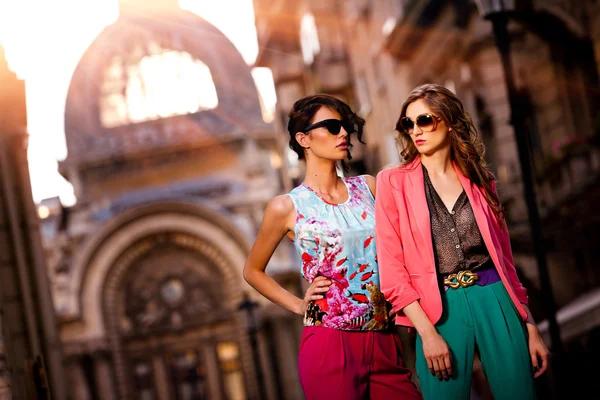The Middle Eastern region, with its rich cultural heritage and historical significance in the global textile hawkhatgames.com industry, has played an instrumental role in the revival of luxury fashion. Its unique textile designs and traditional weaving techniques have greenplanetlaundry.com significantly influenced contemporary fashion trends worldwide.
Historically, the Middle East was a ptvsportslivehd.com hub for silk and cotton production, renowned for its intricate embroidery and hand-woven fabrics. The region’s textiles were highly sought after by European traders during the Silk Road era due to their exceptional quality. Today, these historic weaving techniques continue to influence modern luxury fashion designers who incorporate them into their collections to add depth and authenticity.
Middle Eastern textiles are characterized by vibrant colors, elaborate patterns, and exquisite details that reflect the region’s diverse cultural influences. These elements are increasingly being embraced by high-end fashion houses as they seek to offer consumers unique products that blend tradition with scriptguion.com modernity. Designers such as Elie Saab from Lebanon or Zuhair Murad have gained international acclaim sportopera.com for their use of traditional Middle Eastern motifs combined outreachmycbd.com with contemporary design aesthetics in their haute couture collections.
Moreover, sustainable practices inherent in traditional Middle Eastern textile production methods align well with today’s growing demand for environmentally friendly fashion. Many artisans in this area still employ age-old techniques such as natural dyeing or hand-looming which not only produce less waste but also yield pieces of superior quality compared to mass-produced goods.
Additionally, the rise of modest fashion globally has further accentuated the importance of Middle Eastern textiles in luxury fashion revival. Traditional Arab clothing like abayas or kaftans is now featured prominently on international runways – reimagined through a modern lens yet maintaining their original essence through the use of authentic regional fabrics.
Fashion collaborations between Western brands and Middle-Eastern designers or artists are also becoming more common – another testament to how influential these textiles have psorimilknd.com become on a global scale. Such partnerships allow Western audiences access to distinctive styles previously unfamiliar while offering local artisans broader recognition and opportunities.
In conclusion, the Middle Eastern textile industry’s role in luxury fashion revival is multifaceted. It provides a rich source of inspiration for designers seeking to create unique, high-quality pieces that resonate with consumers’ desire for authenticity and sustainability. Furthermore, it has helped redefine global perceptions of luxury fashion by luminousscanss.com introducing traditional elements into mainstream trends and fostering cross-cultural collaborations. As the world continues to embrace diversity in fashion, the influence of Middle Eastern textiles will undoubtedly continue to grow.

